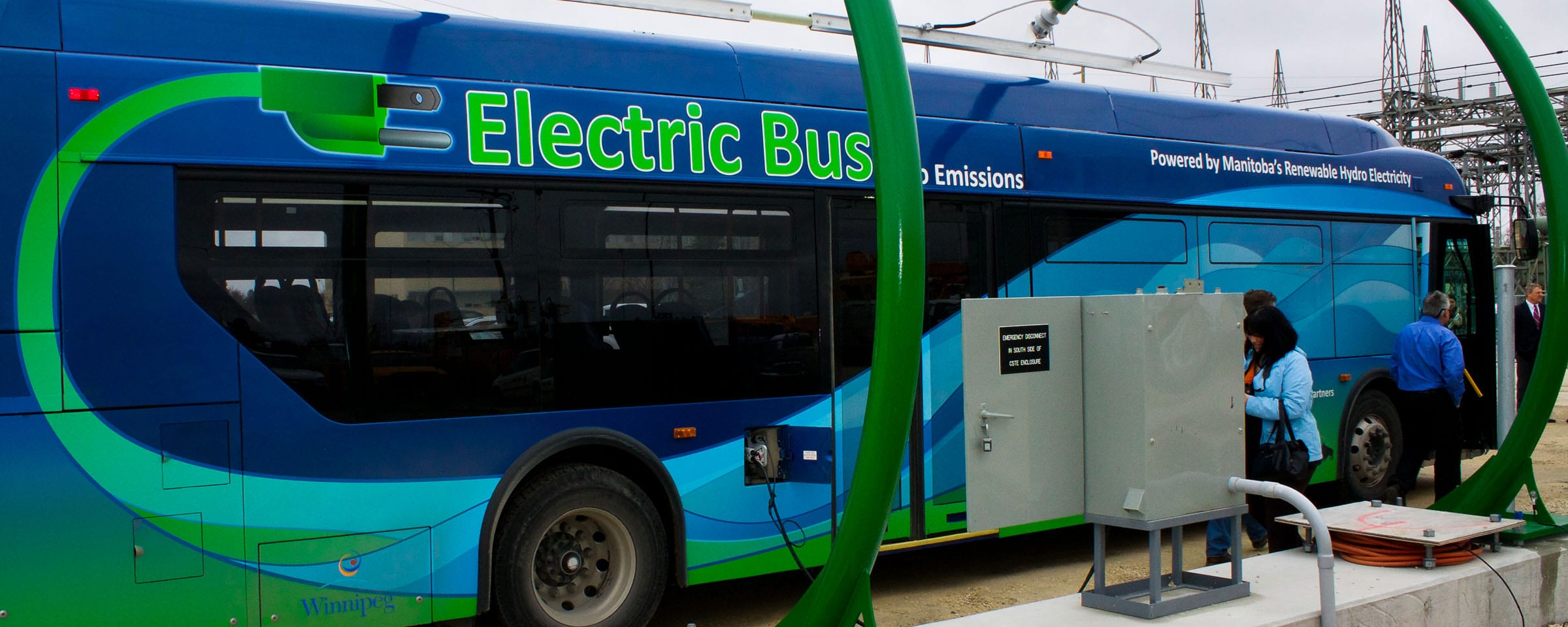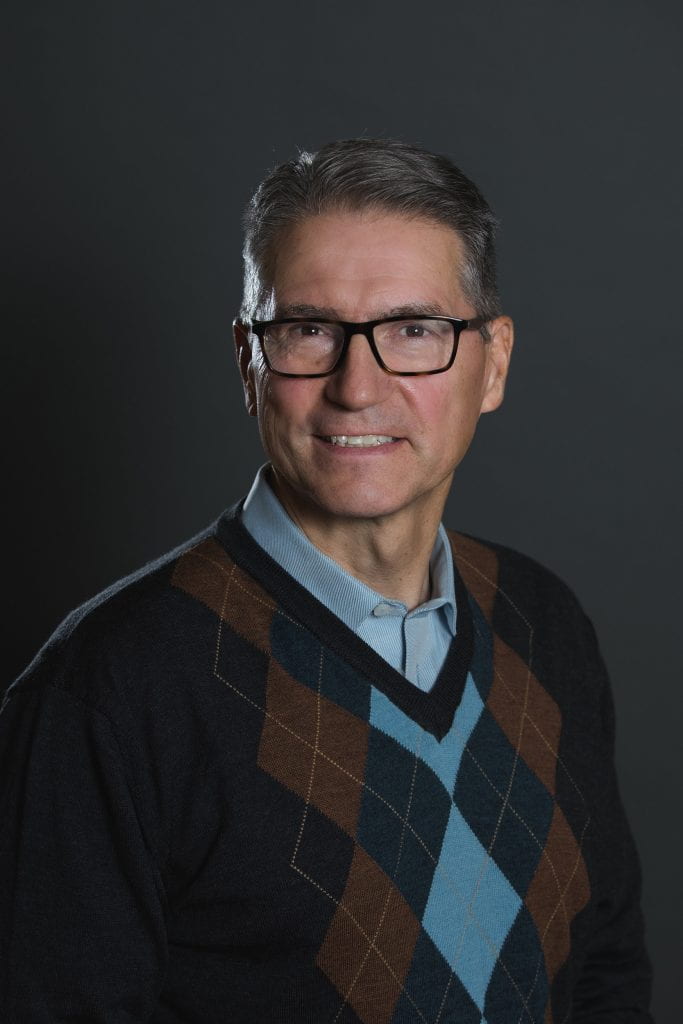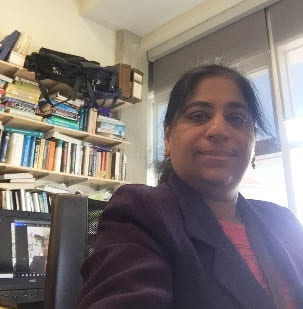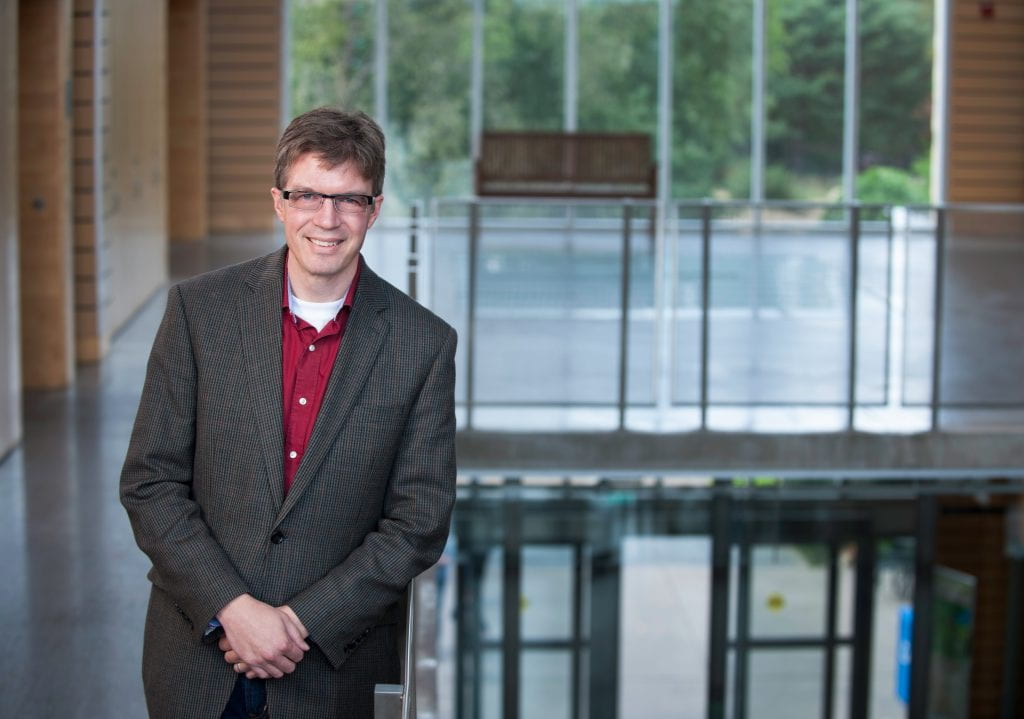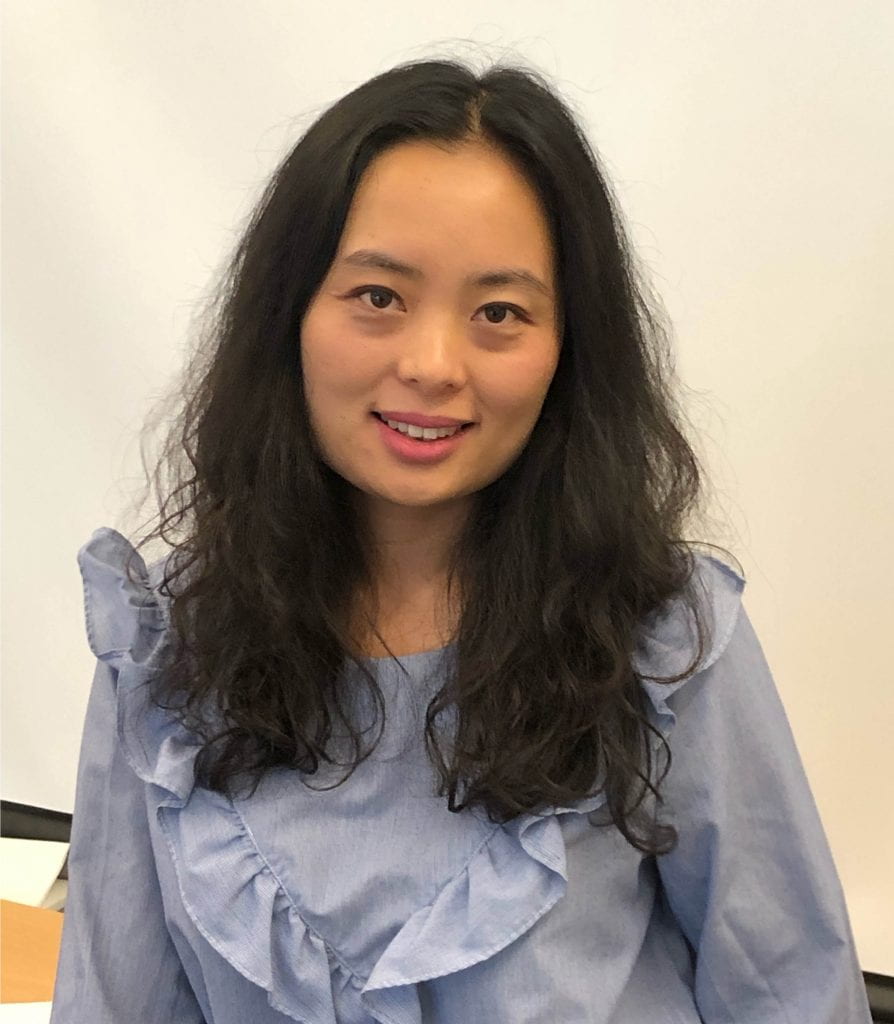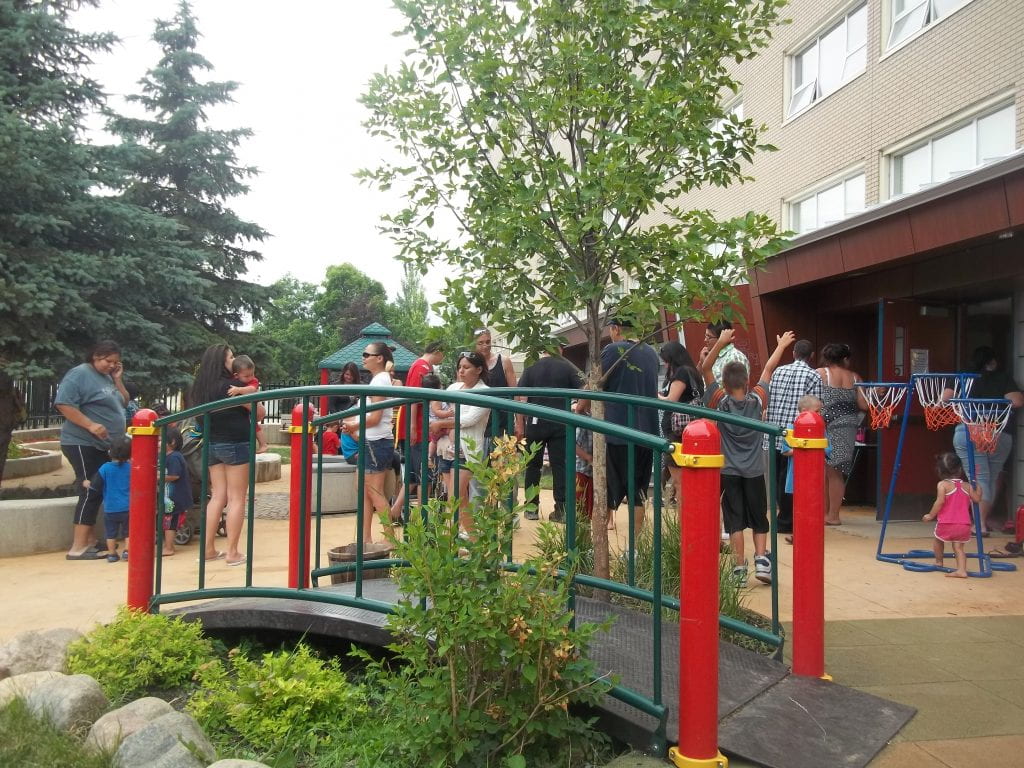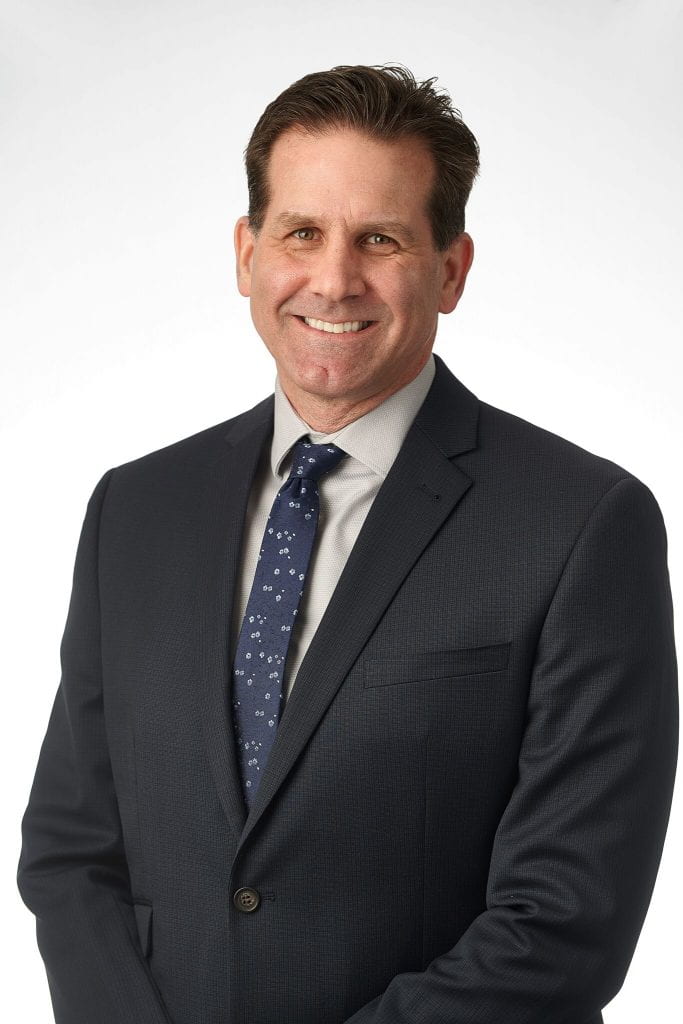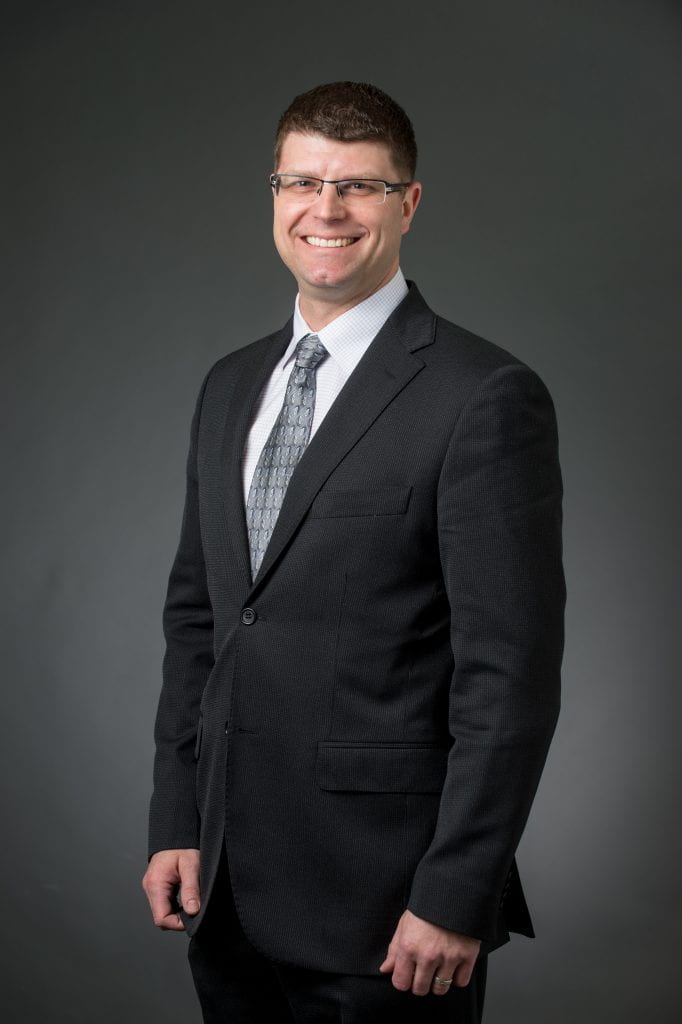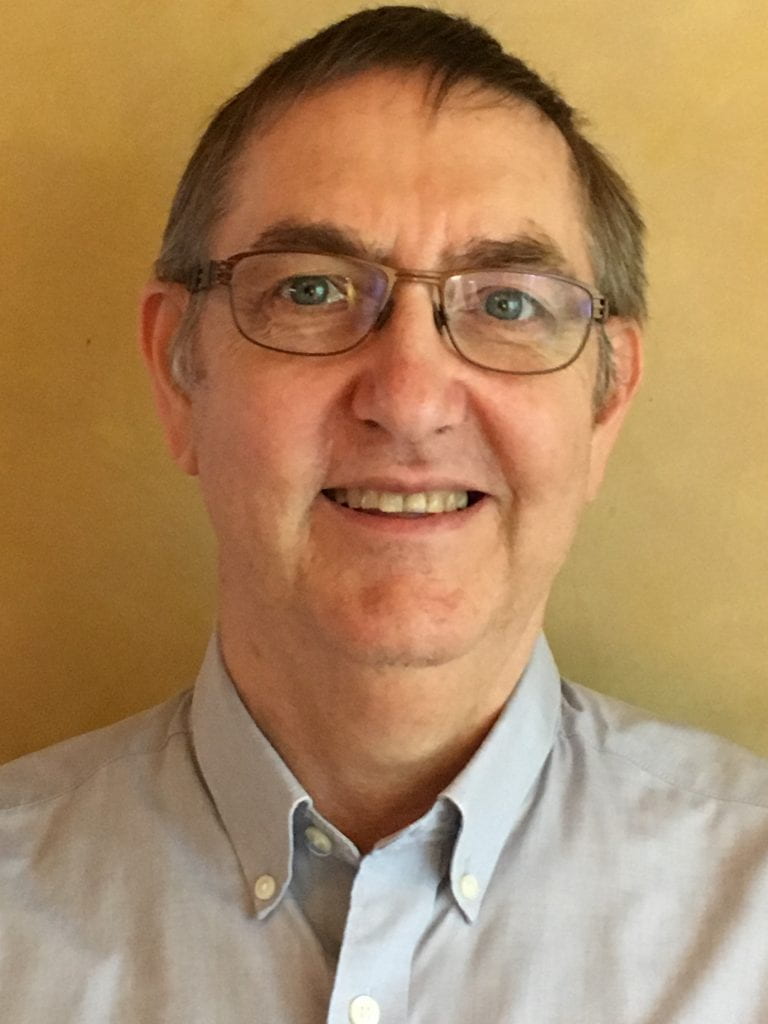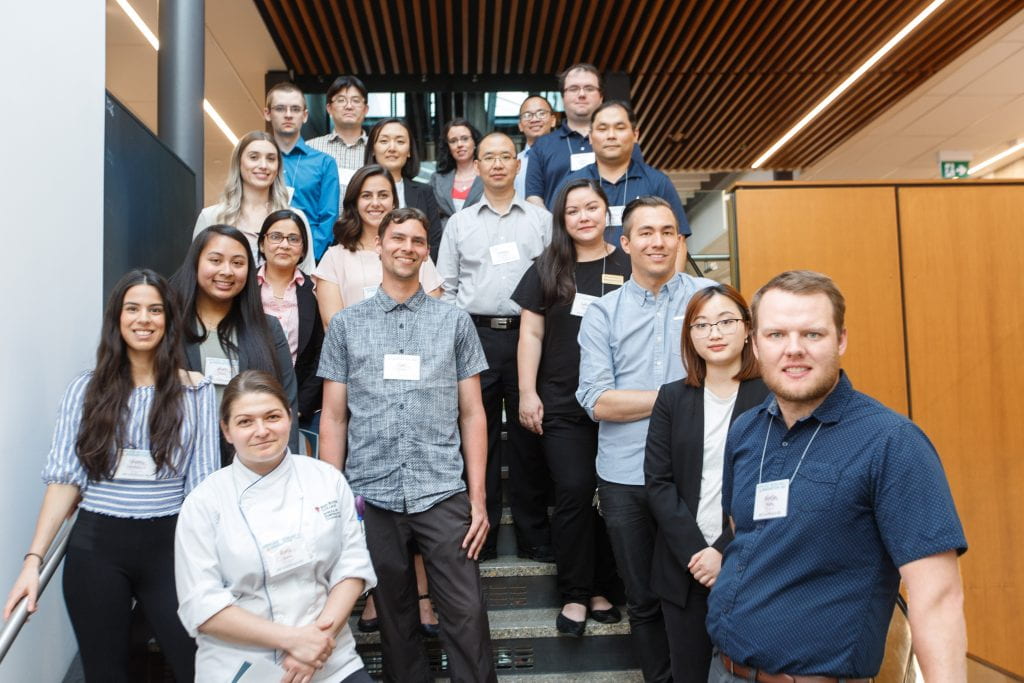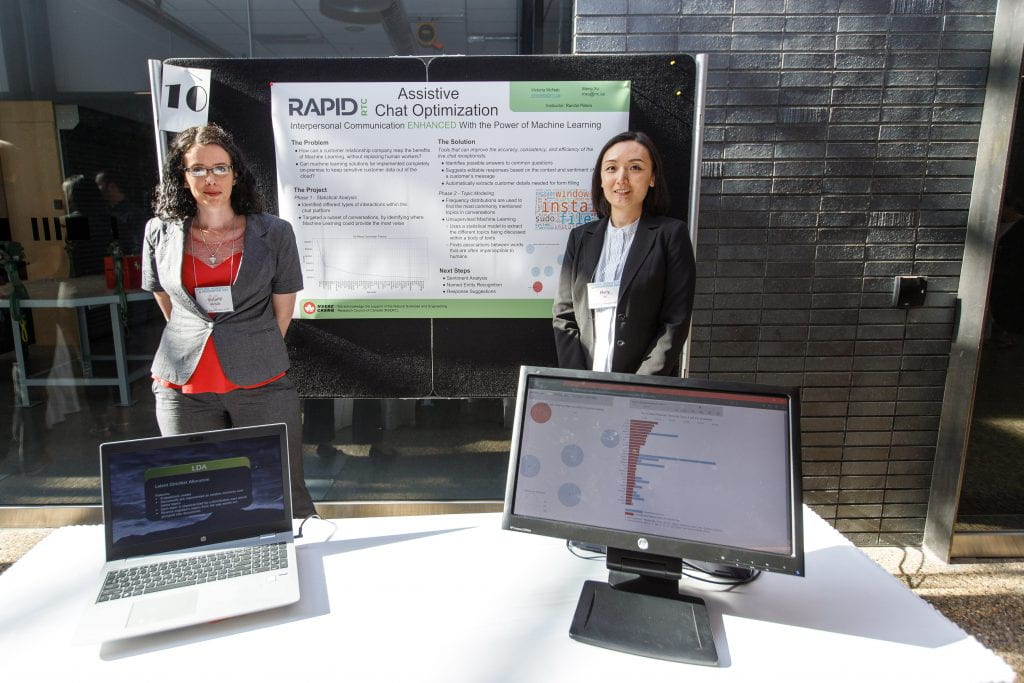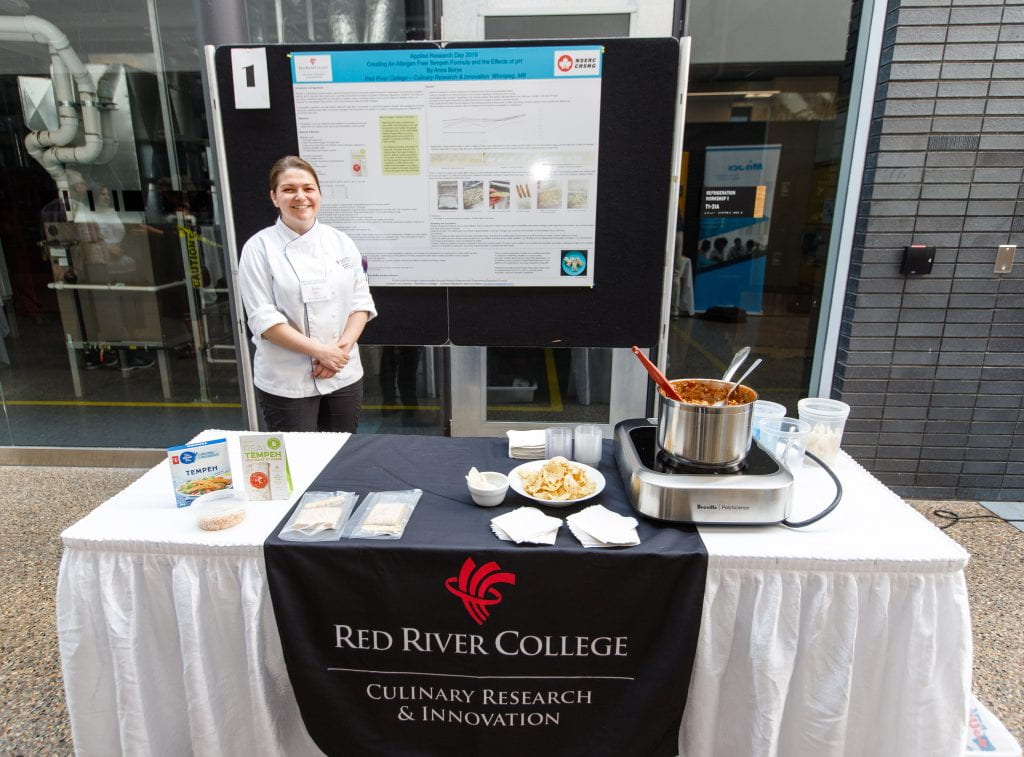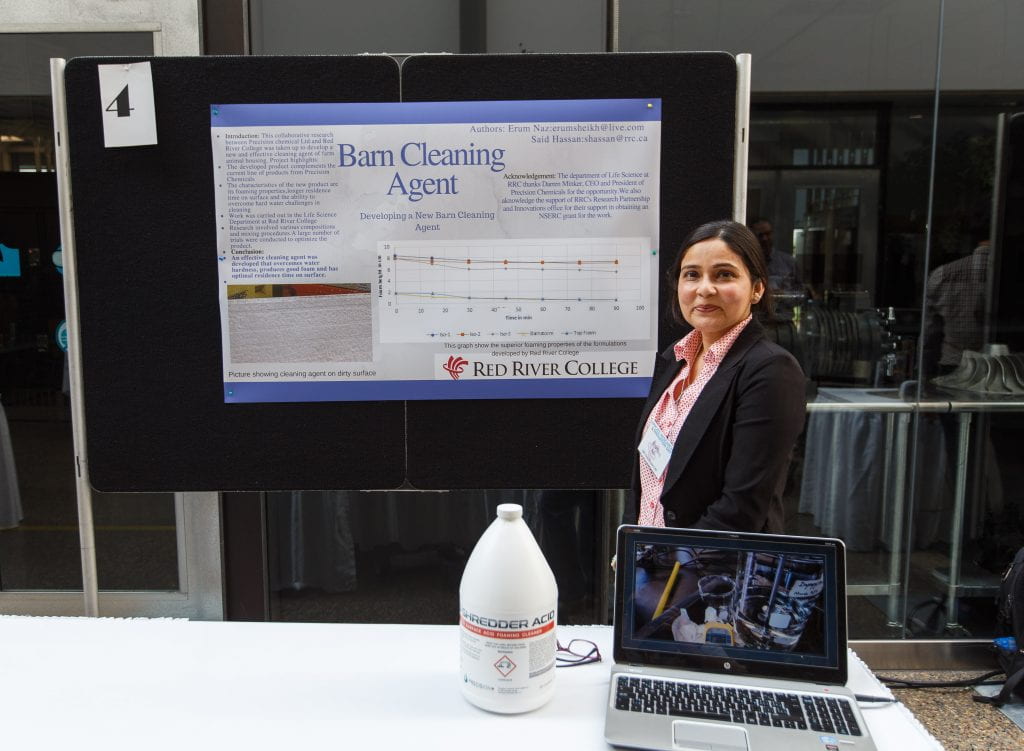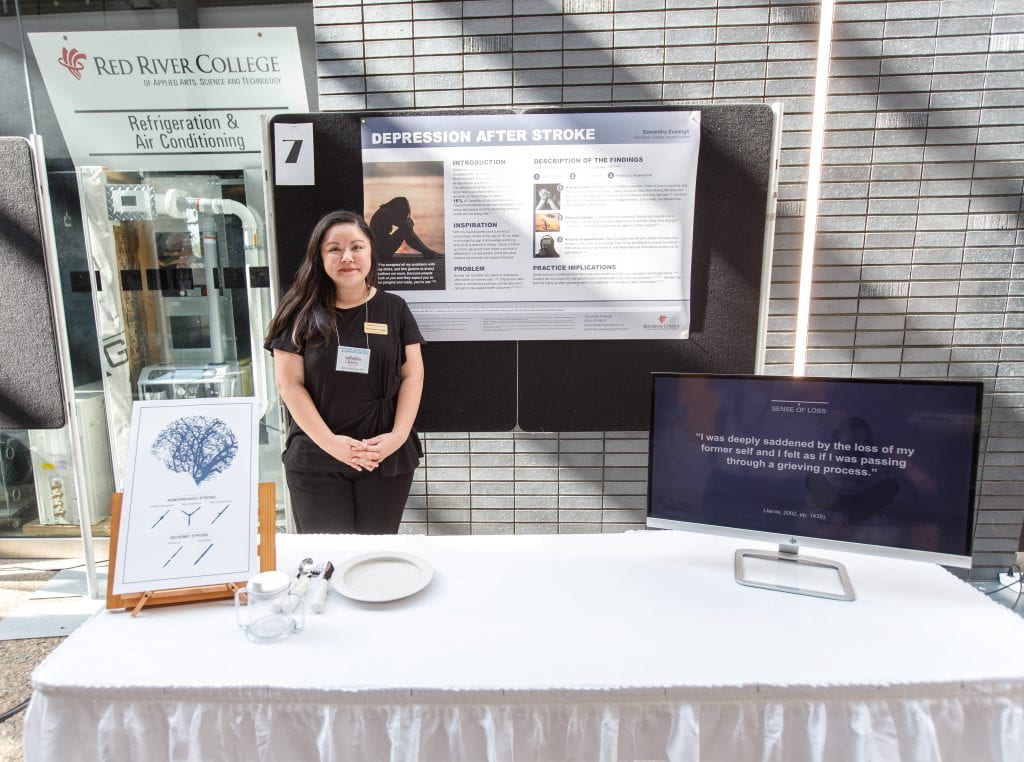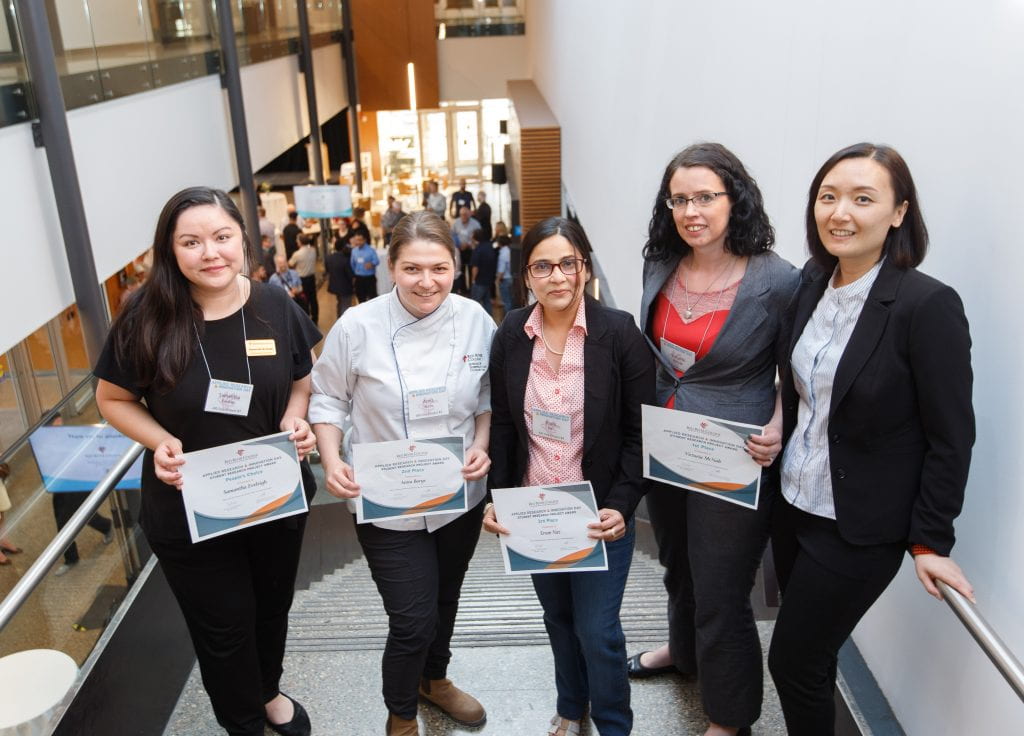Get to know Eddy Zuppel, Program Leader of the Vehicle Propulsion Technologies program and guest speaker at VTIC 2019
In advance of the inaugural 2019 Vehicle Technology International Conference, we are profiling a number of guest speakers who will be covering a range of topics relating to vehicle technology. We are pleased to welcome Eddy Zuppel from National Research Council Canada (NRC) to speak on current and future trends related to vehicle testing, simulation and modelling, as well as NRC’s vehicle-level testing capabilities.
Tell us a little bit about yourself – your background, field of interest, where do you work and what are your areas of expertise?
 “I am currently the Program Leader of the Vehicle Propulsion Technologies program. As Program Leader, I oversee research and development (R&D) activities aimed at assisting Canadian industry and policy development in vehicle electrification and clean transportation sectors. Specifically, I manage a yearly budget of $6M related to over 30 projects in the areas of electric motors, energy storage and hydrogen fuel cells.
“I am currently the Program Leader of the Vehicle Propulsion Technologies program. As Program Leader, I oversee research and development (R&D) activities aimed at assisting Canadian industry and policy development in vehicle electrification and clean transportation sectors. Specifically, I manage a yearly budget of $6M related to over 30 projects in the areas of electric motors, energy storage and hydrogen fuel cells.
I joined the NRC in 2015 as a senior project manager following 11 years in industry where I held different managerial positions, including Section Chief of a multidisciplinary team of 20 engineers.
I hold a Bachelor’s and a Master’s in Mechanical Engineering from McGill University and have co-authored eight scientific publications.”
What sparked your interest in vehicle technology?
“Influenced by my father who was a CNC programmer in the transportation industry, I have always been fascinated with the development of mechanical systems and their integration into vehicles that allow us to efficiently and confidently explore new destinations.”
